ENVIRONMENTAL DISASTERS
Added on: 18th Dec 2014
TVA Kingston Fossil Plant Coal Fly Ash Slurry Spill
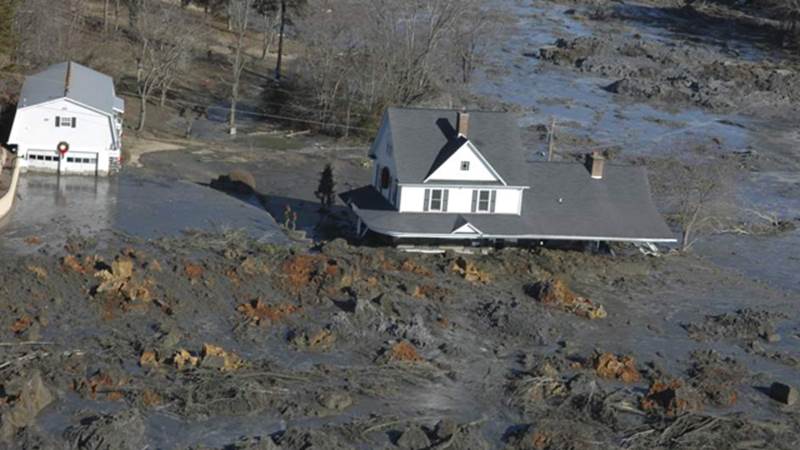
In an 84 acre solid waste containment area, an ash dike ruptured in
the early hours of December 22, 2008. This fossil plant in Roane County,
Tennessee held 1.1 billion gallons of coal fly ash slurry which was expelled
causing a mudflow wave. Although there were no reported fatalities or injuries
it damaged several properties and government facilities.
THE EXXON VALDEZ OIL SPILL

On March 24, 1989, 260,000 to 750,000 barrels of crude oil was spilled
in Prince William Sounds, Alaska by the oil tanker Exxon Valdez after it
ran into Bligh Reef. It is considered to be one of the most devastating
human caused environmental disasters with both the long-term and
short-term effects of the oil spill having been studied. Immediate effects
included the deaths of 100,000 to as many as 250,000 seabirds, at
least 2,800 sea otters, 300 harbour seals, 247 Bald Eagles, and
22 Orcas, and an unknown number of salmon and herring.
PACIFIC GYRE GARBAGE PATCH
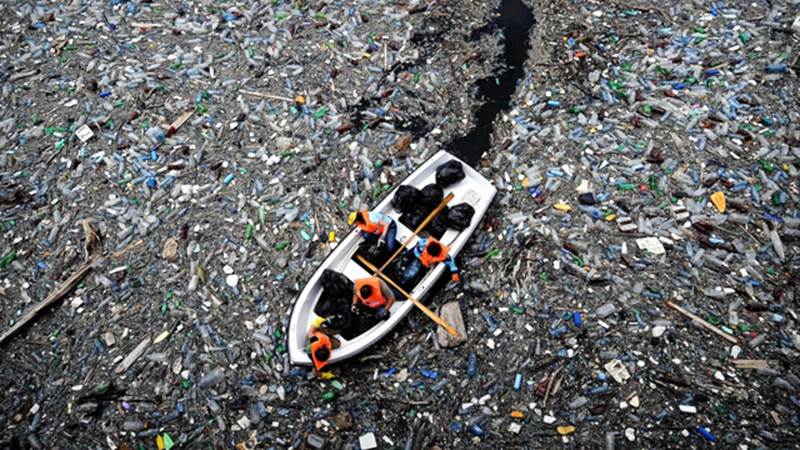
Another example of the negative effects of human waste; the
Pacific Gyre Garbage Patch is a gyre of marine debris in the central
North Pacific Ocean. This patch which is characterized by high
concentrations of pelagic plastics, chemical sludge and other debris
formed gradually as a result of the marine pollution gathered
by oceanic currents.
JILIN CHEMICAL PLANT EXPLOSIONS
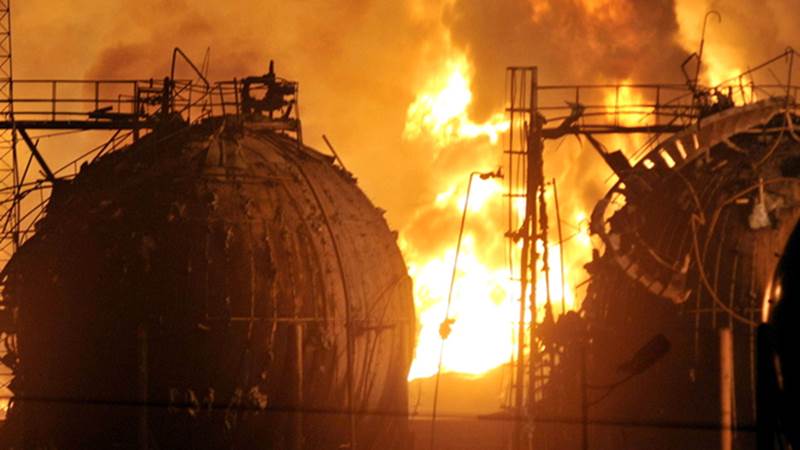
The Jilin chemical plant explosions were a series of explosions
which occurred on November 13, 2005 in the No.101 Petro chemical
plant in Jilin City, Jilin Province, China. These explosions were
responsible for the deaths of six workers and injured dozens
causing the evacuation of tens of thousands of residents.
To add insult to injury, these explosions severely polluted the
Songhua River with an estimated 100 tons of pollutants containing
benzene and nitrobenzene whose exposure reduces white blood cell
count and is linked to leukemia.
CASTLE BRAVO

The code name Castle Bravo was given to the first United States
test of a dry fuel thermonuclear hydrogen bomb. The bomb was
detonated on Bikini Atoll, Marshall Islands on March 1, 1954, as
the first test of Operation Castle and was the most powerful nuclear
device ever detonated by the United States at that time. This test lead to
the most significant accidental radiological contamination ever
caused by the United States.
THE THREE MILE ISLAND NUCLEAR EXPLOSION

The three mile island accident was a partial nuclear meltdown
which occurred in one of the two United States nuclear reactors on
March 28, 1979 . Located on the three mile island in Dauphin County,
Pennsylvania; it was the worst accident in U.S. commercial nuclear
power plant history with the partial meltdown resulting in the release
of small amounts of radioactive gases and radioactive iodine
into the environment.
THE KUWAIT OIL FIRES
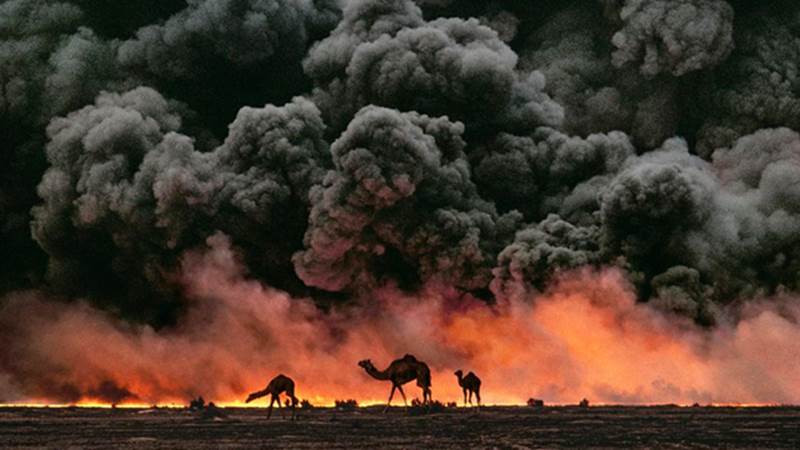
Around 6 million barrels of oil were lost from January to November,
1991. 600 oil wells were set afire as part of the scorched earth policy by
the retreating Iraqi military forces. $1.5 billion was spent by Kuwait to
extinguish the fires that caused heavy pollution to the soil and air.
“DOOR TO HELL”
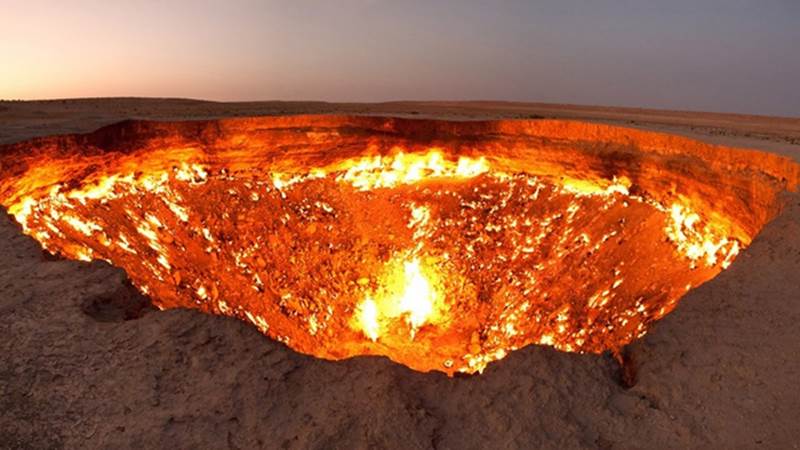
In Derweze, Turkmenistan, a drilling rig made by Soviet geologists in
1971 gave way to a large hole measuring 70 meters in diameter,
exposing a large methane gas reservoir. Fearing the environmental
impact due to the substantial methane gas release; the geologists
decided to burn it off. Unfortunately, the gas is still burning today.
THE PALOMARES INCIDENT

The crash of the B-52G bomber of the USAF Strategic Air Command
on January 17, 1966 led to the plutonium contamination of Palomares,
a small village in the municipality of Cuevas del Almanzora, Almería,
Spain. The jet powered strategic bomber carried non-nuclear explosives
that detonated causing political conflict between the US and Spain.
40 odd years later, traces of the blasts are still evident.

Comment on this